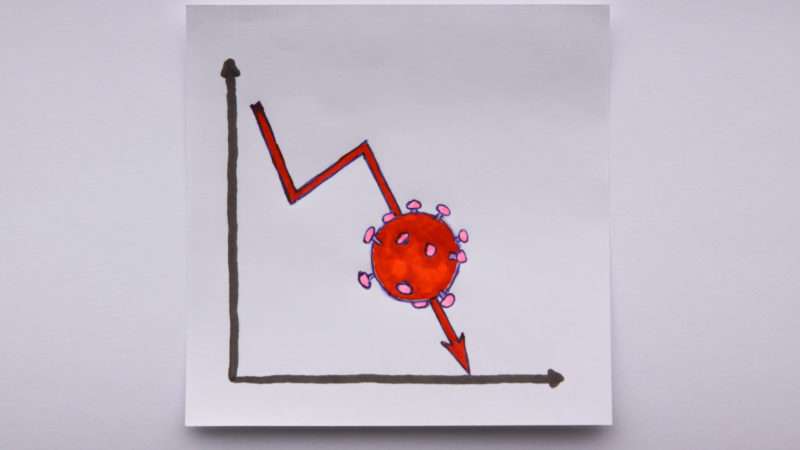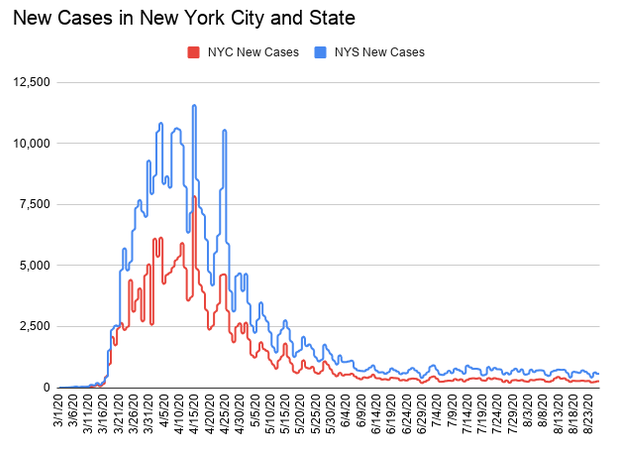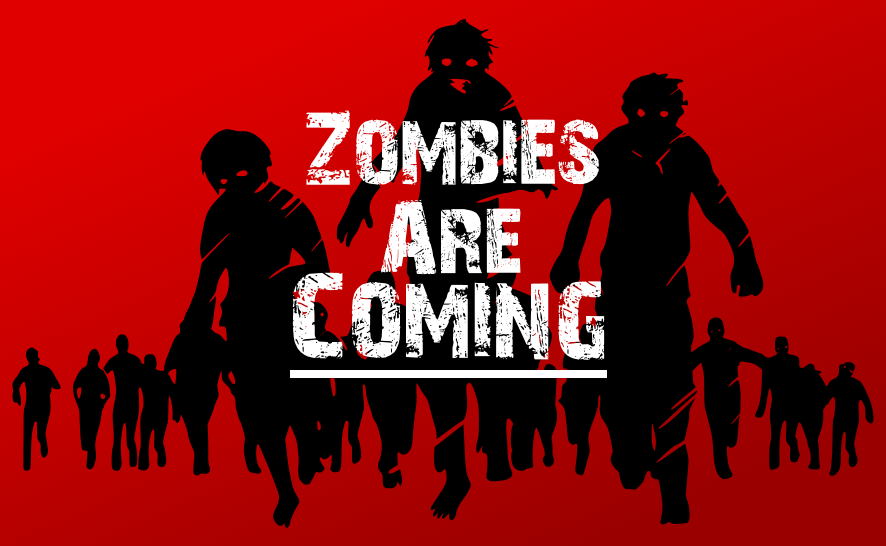The Connecticut Supreme Court has had some interesting debates in past years about the First Amendment “fighting words” exception (e.g., State v. Baccala (Conn. 2017)and State v. Parnoff (Conn. 2018)). Today’s State v. Liebenguth unsurprisingly holds that saying “fucking niggers” to a black person—apparently referring to that person—is punishable fighting words, even when the words don’t lead to a fight, and when they are said to a government enforcement official (but perhaps not when they are said to a police officer).
Michael McCargo, a New Canaan parking enforcement officer, had put a $15 ticket to David Liebenguth; Liebenguth then came up to McCargo (perhaps in part because McCargo’s vehicle was still blocking Liebenguth’s car).
“… McCargo testified that the defendant’s demeanor then ‘escalated,’ with the defendant [having said] that the parking authority was ‘[fucking] [un]believable’ and [having told] McCargo that he had given him a parking ticket ‘because my car is white…. [N]o, [you gave] me a ticket because I’m white.’ As the defendant, who is white, spoke with McCargo, who is African-American, he ‘flared’ his hands and added special emphasis to the profanity he uttered. Even so, according to McCargo, the defendant always remained a ‘respectable’ distance from him. Finally, as the defendant was walking away from McCargo toward his own vehicle, he spoke the words, ‘remember Ferguson.'”
McCargo also testified that, “[a]fter both men had returned to and reentered their vehicles, McCargo, whose window was rolled down … thought he heard the defendant say the words, ‘fucking niggers’ [twice]. This caused him to believe that the defendant’s prior comment about Ferguson had been made in reference to the then recent [and highly publicized] shooting of an African-American man by a white police officer in Ferguson, Missouri [on August 9, 2014, approximately three weeks earlier]. [McCargo] thus believed that the [defendant’s reference to Ferguson was a ‘threat’] meant to imply that what had happened in Ferguson ‘was going to happen’ to him.”
The court concluded that this was indeed fighting words—face-to-face insults that had a tendency to lead to a fight. The strongest argument for defendant, I think, relied on the Baccala precedent; here is what the court said in response:
[T]he relevant facts of Baccala … are as follows. “On the evening of September 30, 2013, the defendant [Nina C. Baccala] telephoned the Stop & Shop supermarket in Vernon to announce that she was coming to pick up a Western Union money transfer so they would not close the customer service desk before she arrived…. [Baccala] spoke with Tara Freeman, an experienced assistant store manager … [who] informed [Baccala] that the customer service desk already had closed… [Baccala] became belligerent, responded that she ‘really didn’t give a shit,’ and called Freeman ‘[p]retty much every swear word you can think of’ before the call was terminated….
“… [A] few minutes after she telephoned, [Baccala] arrived at the supermarket, which was occupied by customers and employees…. [After some further disagreement,] ‘[Baccala] proceeded to loudly call Freeman a ‘fat ugly bitch’ and a ‘cunt,’ and said ‘fuck you, you’re not a manager,’ all while gesticulating with her cane…. Freeman remained professional. She simply responded, ‘[h]ave a good night,’ which prompted [Baccala] to leave the supermarket.’ …”
We began our analysis of Baccala’s claim with the observation that the language she used was both extremely offensive and intentionally demeaning. We nevertheless concluded that her utterances did not rise to the level of fighting words because, under the circumstances, they were not likely to trigger an immediate violent response by the average person in Freeman’s position. In reaching this conclusion, we relied primarily on four considerations relative to the circumstances of the encounter.
First, the verbal assault that Baccala launched against Freeman on the telephone placed Freeman on notice of the possibility that Baccala would resort to similar language when she arrived at the supermarket a few minutes later. Second, as a person in an “authoritative [position] of management and control,” Freeman would be expected to diffuse such a hostile situation by “model[ing] appropriate, responsive behavior, aimed at de-escalating the situation,” both for the sake of other customers and store personnel alike. Third, as a store manager, Freeman had a measure of control over the premises insofar as she could demand that Baccala leave if she became abusive, threaten to have Baccala arrested for trespassing if she didn’t leave, and follow through on that threat if necessary. Fourth, there was no reason to think that Freeman’s professional and restrained response to Baccala’s offensive harangue was atypical of the manner in which an average person in Freeman’s position would have responded to the same provocation under the same circumstances.
In the present case, the first three of the foregoing factors support the conclusion that the defendant’s utterances were, in fact, fighting words. In contrast to the notice Freeman had received with respect to the likelihood of an angry and offensive, face-to-face outburst by Baccala, McCargo had no forewarning of the verbal abuse that the defendant inflicted on him. Unlike Freeman, McCargo was not acting in a supervisory capacity with respect to the safety and well-being of others. Nor did he have any degree of control over the area in which his encounter with the defendant took place.
Only the fourth factor we considered in Baccala—the fact that Freeman did not resort to violence in responding to the verbal provocation she confronted—militates against a finding that the average person in the same situation as McCargo, who also refrained from any physical retaliation, likely would have had an immediate violent response to the defendant’s verbal attack. In Baccala, however, our conclusion that the response of the average supermarket manager in Freeman’s situation probably would be no different from Freeman’s necessarily was predicated on the existence of the first three factors discussed—none of which is present here. Moreover, in Baccala, we expressly acknowledged that we might have reached a different conclusion if Baccala had directed the same language at Freeman after Freeman had completed work and left the supermarket. Notably, that situation—in which Freeman would not have been acting in a managerial or supervisory capacity, had no real control over the relevant premises, and was more or less alone with Baccala—is much more like the circumstances McCargo found himself in when he was accosted by the defendant.
Finally, we agree with the observation that “[r]acial insults, relying as they do on the unalterable fact of the victim’s race and on the history of slavery and race discrimination in this country, have an even greater potential for harm than other insults.” R. Delgado, “Words That Wound: A Tort Action for Racial Insults, Epithets, and Name-Calling,” 17 Harv. C.R.-C.L. L. Rev. 133, 143 (1982); see id., 135–36 (explaining that such insult “injures the dignity and self-regard of the person to whom it is addressed, communicating the message that distinctions of race are distinctions of merit, dignity, status, and personhood”); see also Matusick v. Erie County Water Authority, 757 F.3d 31, 38 n.3 (2d Cir. 2014) (observing that word “nigger” has “unique … power to offend, insult, and belittle”); Toussaint v. Brigham & Women’s Hospital, Inc., 166 F. Supp. 3d 110, 116 n.4 (D. Mass. 2015) (“[t]he word ‘nigger’ has unique meaning that makes its use particularly egregious”). In light of the uniquely injurious and provocative nature of the term, we also agree that its use is all the more likely to engender the kind of violent reaction that distinguishes fighting words from the vast majority of words that, though also offensive and provocative, are nevertheless constitutionally protected.
And I think this makes sense: In determining whether a word is “fighting words,” courts have to consider whether the word is indeed likely to start a fight when used as a face-to-face insult—and the past of the word, as it affects present reactions to it, is surely relevant to that evaluation. I don’t think the court was trying to distinguish Baccala on this score; even taking into account the statistical reality that women are in general less likely than men to act violently, I think calling a woman a “cunt” may well lead to violence, and the court stressed that “in Baccala, we expressly acknowledged that we might have reached a different conclusion if Baccala had directed the same language at Freeman after Freeman had completed work and left the supermarket.”
The court also rejected the argument that words said to McCargo, as a public official, can’t be fighting words:
[T]he defendant argues that “a public official [such as McCargo] is expected to exercise a greater degree of self-restraint in the face of provocation than is a civilian.” To support this assertion, however, the defendant cites to cases involving offensive language directed at police officers … [e.g.,] “[t]hat’s fucked up, those pigs can’t do that[.]” [The court in that case] went on to explain that, “[a]long with good judgment, intelligence, alertness, and courage, the job of police officers requires a thick skin. Theirs is not a job for people whose feelings are easily hurt.”
Although we agree that police officers generally are expected to exercise greater restraint than the average citizen when confronted with offensive language or unruly conduct, McCargo was not a police officer, and his duties cannot fairly be characterized as similar to those of a police officer. Additionally, McCargo’s testimony concerning his five years of experience as a parking enforcement officer—testimony in which he explained that he never before had been on the receiving end of such hostile or offensive language or had ever reported a prior incident to the police—suggests that the abuse McCargo endured during his encounter with the defendant well exceeded that which someone in his position reasonably might be expected to face. Consequently, although we do agree with the Appellate Court that McCargo, like any parking enforcement official, undoubtedly was aware that some members of the public might well express frustration and even anger upon receiving a ticket, we disagree that the average African-American parking official would have been prepared for and responded peaceably to the kind of racial slurs, threatening innuendo, and aggressive behavior with which McCargo was confronted.
Justice Maria Araujo Kahn joined the majority, but also wrote separately to say that (1) she thinks the fighting words exception should be rejected, but (2) given its existence, these words qualify. Here’s part of her criticism of the exception:
The ultimate inquiry of the fighting words exception is whether a speaker’s words would reasonably result in a violent reaction by its intended recipient. Considering the stereotypes associated with immutable characteristics of the addressee, however, produces discriminatory results “because its application depends on assumptions about how likely a listener is to respond violently to speech.” W. Reilly, “Fighting the Fighting Words Standard: A Call for Its Destruction,” 52 Rutgers L. Rev. 947, 948 (2000). This approach essentially requires courts to promulgate stereotypes on the basis of race, gender, age, disability, ethnicity, and sexual orientation, among others, and has led to much of the scholarly criticism of the fighting words exception.
I will refrain from enumerating a laundry list of a stereotypes related to violent responses from which flow myriad discriminatory results, but I illustrate one example of a common refrain in society and courts: women are less likely than men to react to offensive situations with physical violence. Allowing such a stereotype into the analysis of whether a reasonable person in the addressee’s circumstances is likely to respond to words with violence creates a situation in which “almost nothing one could say to a woman would be proscribed by the fighting words doctrine ….”
The overarching result is that groups of people that, for example, are stereotyped as docile due to their gender or ethnicity, or who have physical limitations due to their age or disability that prevent them from responding violently—the precise groups that face persistent discrimination—must endure a higher level of offensive speech before being afforded legal remedies that comport with our constitution. From the speaker’s perspective, such a result allows him or her to more readily and viciously verbally assault certain oppressed groups without fear of criminal prosecution….
Justice Steven D. Ecker also joined, but suggested that (1) the fighting words exception should generally be rejected, but (2) perhaps should be replaced by an exception focused on
speech communicated publicly to an addressee, in a face-to-face encounter, using words or images that demean the addressee on the basis of his or her race, color, national origin, ethnicity, religion, gender, sexual orientation, disability, or like trait, and under circumstances indicating that the speaker intends thereby to cause the addressee severe psychic pain.
I think any such proposed exception would violate the principle of R.A.V. v. City of St. Paul; that case held that the government may not target bigoted fighting words for special punishment (though it may punish fighting words generally)—it’s hard to see how that’s consistent with a rule saying that the government must target only bigoted fighting words, if it wants to punish any such words. But perhaps Justice Ecker’s tentative proposal is implicitly calling for reversing R.A.V. on this score; and in any event, it is only one Justice’s opinion, not joined by another member of the court. (My personal view is that the shift Justice Ecker describes would improperly target certain words for punishment precisely because of the bigoted viewpoint they express, even when that’s a means for narrowing the existing fighting words exception.)
Incidentally, for those interested in the debate about whether it’s improper even to mention “nigger” (and perhaps other epithets) in discussion of the facts of cases, note that the three opinions in this case mentioned the word an aggregate of 52 times—even while condemning the defendant for using the word as an insult—and the Justices also said the word 6 times in oral argument. I agree with the Justices on this score; I think that when judges (or law professors or students or others) are discussing the facts of a case, they ought to discuss them candidly, and without expurgation.
from Latest – Reason.com https://ift.tt/3jmg24g
via IFTTT





